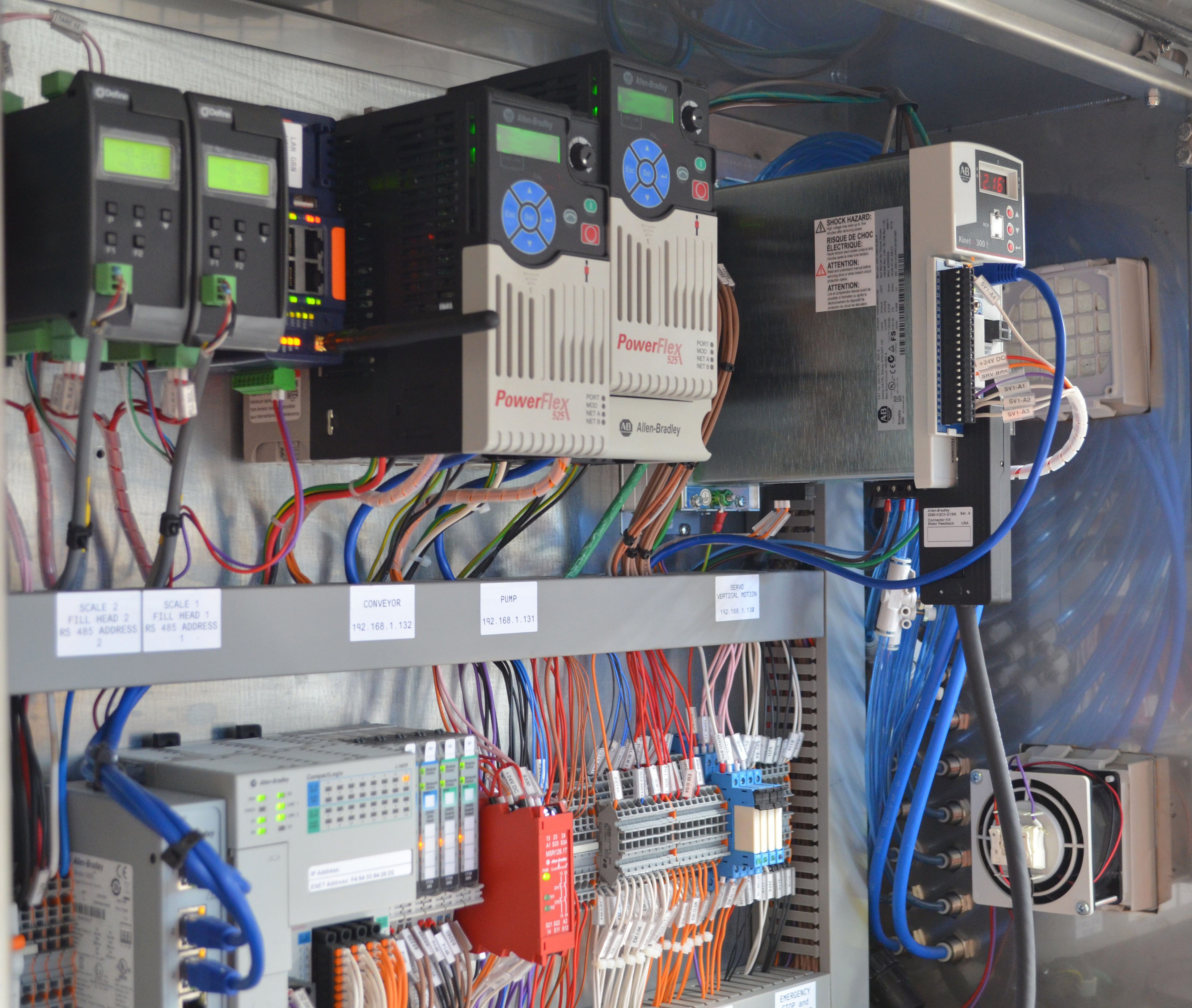Liquid Pack has been designing, manufacturing and servicing a wide range of liquid fillers and packaging equipment for over 25 years. Based in Melbourne, Australia, the company services the food and chemical industries. Liquid Pack exceeds customers’ requirements by providing custom made, cost effective solutions for every application.
All equipment that Liquid Pack manufacturers are a result of years of learning, accompanied by high quality service and are proudly Australian made. The company continues to invest in cutting edge technologies in engineering and developing innovative solutions for liquid filling applications.
As part of Liquid Pack’s commitment to design and manufacture equipment to meet requirements for a wide range of liquid filling applications, the company worked with Rockwell Automation and NHP Electrical Engineering Products (NHP) to design and manufacture a revolutionary new filling machine with uncompromised precision and accuracy.
Blueprint for an Industry-first Filling Machine
With more than three decades of experience engineering and developing cutting edge technologies for liquid filling applications, Liquid Pack was well credentialed to design a new filling machine that would be suitable for a variety of applications requiring repeatability, accuracy and efficiency.
According to Russell Jones, managing director at Liquid Pack, “We have had a long association with NHP, going back more than 20 years and they have provided excellent service and support. We chose to use a Rockwell Automation solution because it provided seamless communications between all products used in the machine. This was achieved with one single Ethernet network which reduced the overall machine wiring resulting in a reduction in machine build times. At Liquid Pack we are increasing our reliance on Rockwell Automation, recently using their safety services team to perform a machine risk assessment on the filling machine.”
The liquid filling machine was designed to fill a range of containers from five to 20 litres. It fills from the bottom to the top of the container to avoid foaming, thereby providing a more accurate measurement. In addition, the machine fills by weight, instead of by volume, which further helps with consistency and reduces wastage.
Once the design phase was complete, the next stage in development was to configure the hardware and software to build the machine to the design specifications.



